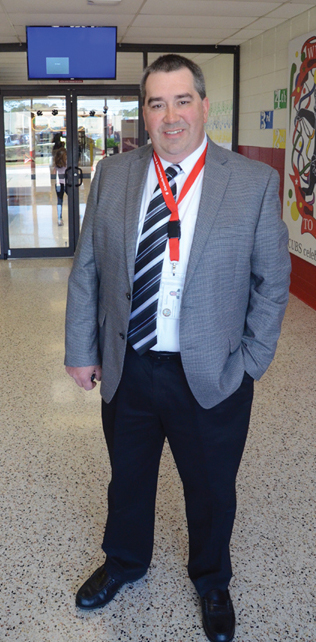
By Steve Brawner, © 2018 by Steve Brawner Communications, Inc.
Let’s start with the question that gets people interested: Should teachers be armed?
But before continuing, let’s go over some important but less controversial background information. On July 3, the 18-member Arkansas School Safety Commission appointed by Gov. Asa Hutchinson presented its preliminary report to him. It includes 19 recommendations, including school safety and security teams, strategies for reporting suspicious behaviors, enhanced access to student mental health services, and anti-bullying programs.
Some of the 19 could lead to legislation or regulations, while some simply recommend best practices for schools to implement.
Here’s one of the big challenges. In a country with 55 million schoolchildren, school shootings statistically don’t happen that often. But when they do, they are national tragedies that shatter parental and community trust. So what resources should be devoted to that kind of threat? Because inevitably in this imperfect world, they’ll come at the expense of other priorities, including academics.
Unless … you use the same resources for both purposes. And that’s where we get into the question of arming staff members.
The first sentence of the first recommendation reads, “No campus should ever be without armed presence when staff and children are present.” The report says, “ideally,” each campus would have a school resource officer – a professional security guard – “if financially practicable.”
It’s not. Some school districts have money issues. Some are spread out and have many campuses. Sometimes school activities occur outside regular hours and involve only a few staff members and students.
The first recommendation emphasizes that school districts should make their own decisions based on their unique circumstances. One of those decisions is referenced by the fifth recommendation: If a district is going to arm staff members, it should follow Clarksville’s example.
Clarksville implemented its program after the 2013 Sandy Hook school shooting. Superintendent David Hopkins and other administrators created an Emergency Response Team. Its members – teachers and other staff members – are volunteers who train with law enforcement, undergo a psychological exam, and are subject to random drug screening.
Clarksville is not the only school district where staff members carry guns. The state has a commissioned school security officer training program whose requirements were described in legislation passed in 2015. Clarksville was singled out by the School Safety Commission’s report because its requirements go beyond that law. Hopkins, in fact, was one of Hutchinson’s appointees to the commission.
I interviewed Hopkins at length, and he’s not a Rambo wannabe. He cares about his people and also must balance a budget. It costs $3,119.52 to arm and train a staff member initially and then $880 each year afterwards. That’s far less than the cost of hiring one full-time security guard. Plus, several armed people are in a building rather than just one. To Hopkins, this is the best balance between “ideally” and “financially practicable.”
Most other Arkansas school districts have made a different decision. Conway superintendent Dr. Greg Murry told me his district considered it, but it was just “a hard step for me to take.”
Where you come out on this issue probably depends on what you think about guns. Sometimes people with guns make horrible decisions. There were 38,658 gun-related deaths in 2016. Fifty-nine percent of those, or 22,938, were suicides, according to the National Safety Council, while 14,415 were assaults and 495 were preventable or accidental. Even full-time law enforcers make mistakes or fail to act, as occurred in the school shooting in Parkland, Florida.
On the other hand, sometimes a good guy with a gun can stop a bad guy with a gun. The killer of 26 people in the First Baptist Church in Sutherland Springs, Texas, killed himself after leaving the church after armed plumber Stephen Willeford shot him and then chased him down with help from driver Johnnie Langendorff. Our society often entrusts life-or-death responsibilities with trained part-time people, including reserve sheriff’s deputies and National Guardsmen. And the possible presence of guns in public places can be a deterrence for potential killers who are planning their crimes.
One part the commission got right: The debate should be led at the local level, where, in a perfect world, administrators like Hopkins and Murry wouldn’t have to strike a balance between what’s ideal and what’s financially practicable.
Unfortunately, as we’re constantly reminded, the world’s not perfect.